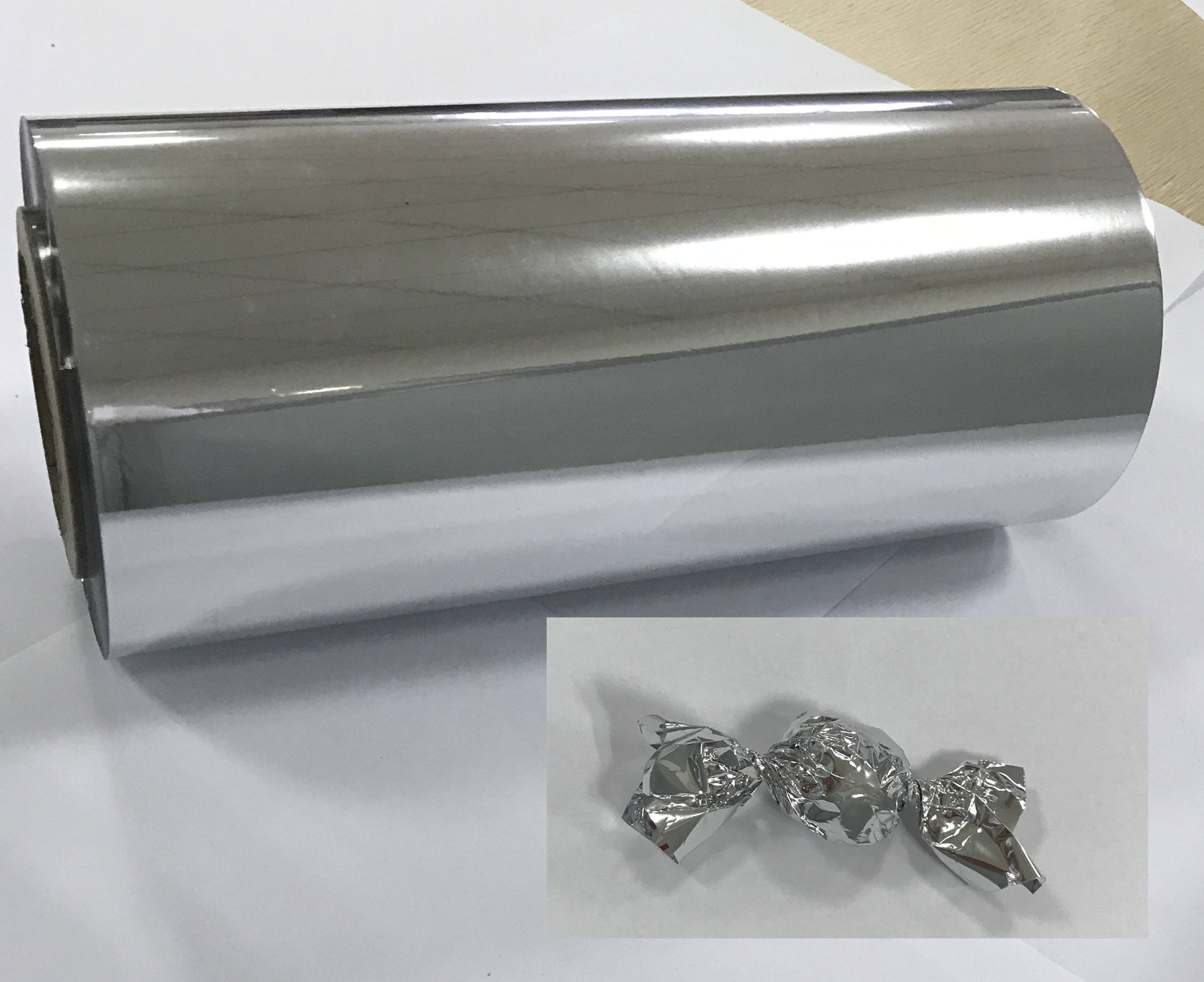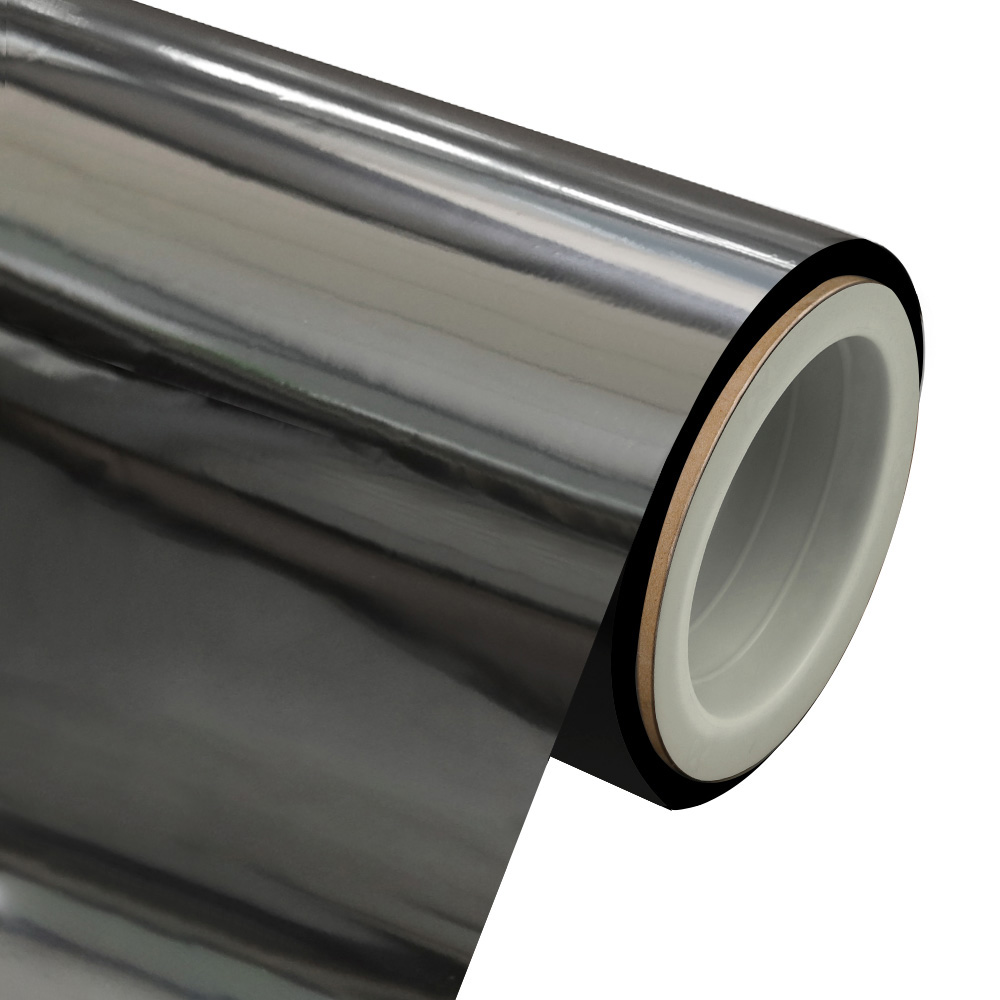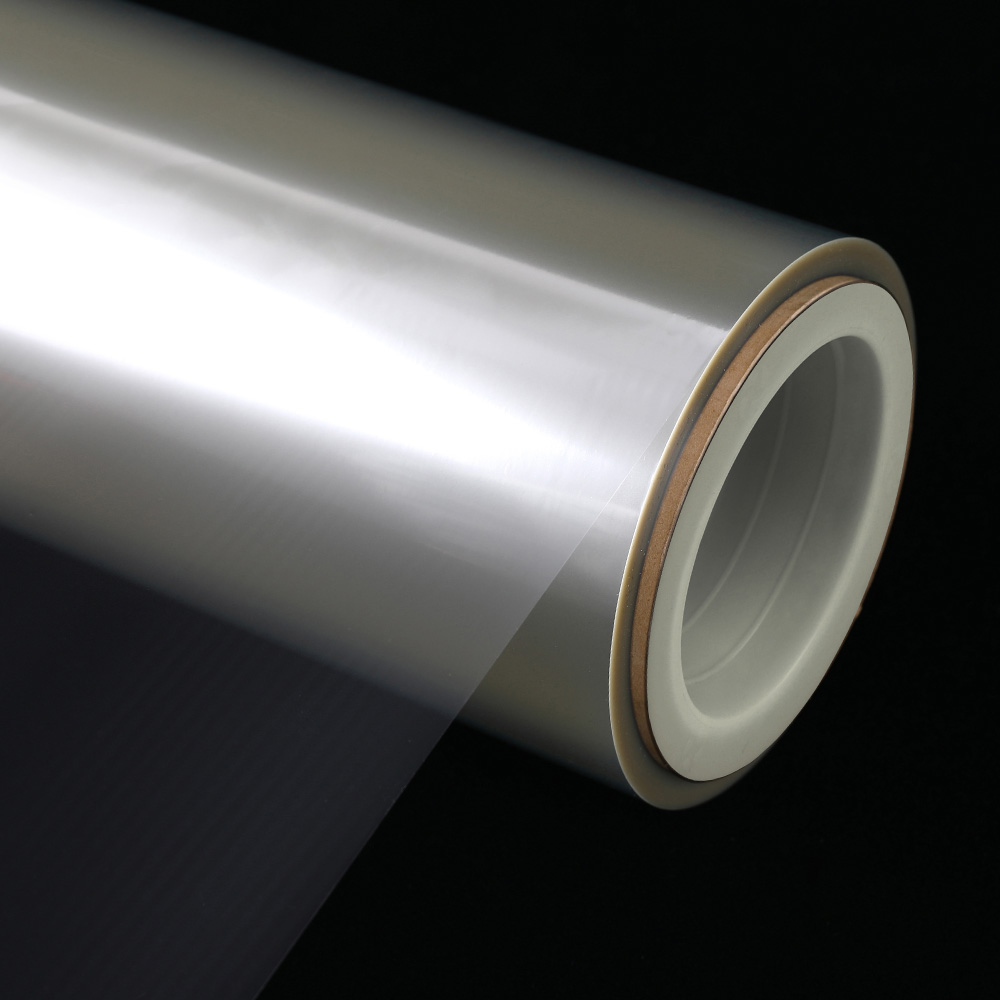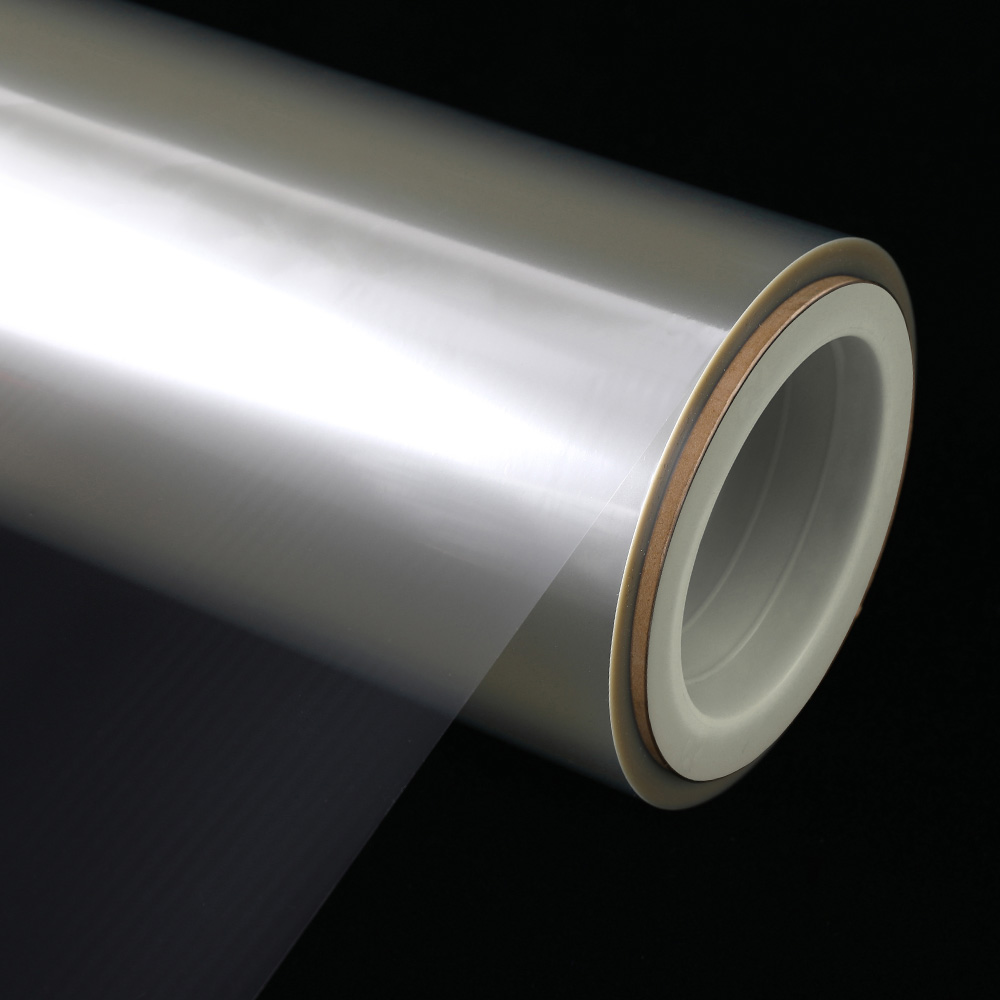How does the process of metallizing aluminized PET films differ from other types of metalized films?
The process of metallizing aluminized PET (polyethylene terephthalate) films involves a unique combination of materials and techniques that set it apart from other types of metalized films. This specialized process results in a material with distinct properties and applications. To understand the differences, let's delve into the metallization process of aluminized PET films and compare it with other metalized films.
Metallizing Aluminized PET Films:
Metallizing aluminized PET films involves depositing a thin layer of aluminum onto a PET substrate. The process is typically carried out using a technique called vacuum metallization. Here's a step-by-step overview of the process:

Cleaning and Preparation: The PET film is thoroughly cleaned and treated to ensure a clean and receptive surface for the aluminum deposition. Any contaminants or impurities are removed to promote adhesion.
Vacuum Chamber: The cleaned PET film is then placed inside a vacuum chamber, which is a controlled environment with ly low pressure. This chamber prevents oxidation and allows for precise control of the metallization process.
Aluminum Evaporation: Aluminum is heated to the point of evaporation within the vacuum chamber. As it evaporates, the aluminum particles spread out and adhere to the surface of the PET film, forming a thin and uniform layer. This layer reflects light and provides various properties like barrier protection and heat reflection.
Substrate Rotation: To ensure an even deposition of aluminum, the PET film may be rotated within the vacuum chamber. This rotation helps achieve uniform coverage and thickness across the entire film surface.
Cooling and Solidification: Once the aluminum layer has been deposited, the PET film is allowed to cool down, causing the aluminum to solidify and bond with the substrate. This creates a robust metallized layer that adheres tightly to the PET film.
Inspection and Quality Control: The metallized aluminized PET film undergoes inspection to ensure uniformity, adhesion, and the desired properties. Any defects or inconsistencies are identified and addressed before the film is ready for use.
Differences from Other Metalized Films:
While the metallizing process for aluminized PET films shares some similarities with other metalized films, there are key differences that arise from the unique properties of PET and the specific requirements of different applications. Here's how aluminized PET metallization differs from other types:
Substrate Material: The choice of substrate material plays a significant role. PET films offer mechanical strength, thermal stability, and dimensional stability. Other films might have different properties, such as transparency, flexibility, or heat resistance, which influence the metallization process.
Deposited Metal: Aluminized PET films are distinct in that they are typically metallized with aluminum. Other films may use different metals like gold, silver, or copper, each with varying properties and applications.
Applications: Aluminized PET films find applications in diverse industries due to their barrier properties, reflectivity, and electrical conductivity. Other metalized films may be tailored to specific applications like decorative purposes, electronics, or insulation.
Properties: The properties conferred by the aluminized layer on PET films include thermal insulation, moisture and gas barrier, and reflective surfaces. Different metals and substrates to variations in properties like electrical conductivity, heat resistance, and visual appearance.
Process Optimization: The metallization process parameters, such as vacuum levels, deposition rates, and substrate treatments, are optimized based on the specific combination of PET and aluminum. Different metals and substrates require adjustments to achieve the desired properties.
In conclusion, the metallizing process of aluminized PET films is a unique and specialized technique that involves depositing a layer of aluminum onto a PET substrate. This process differs from other types of metalized films due to the distinct properties of PET, the choice of aluminum as the deposited metal, and the specific applications that aluminized PET films cater to. The resulting metallized aluminized PET films offer a versatile combination of barrier protection, reflectivity, and other beneficial properties, making them suitable for a wide range of industries and applications.


 English
English  中文简体
中文简体 





